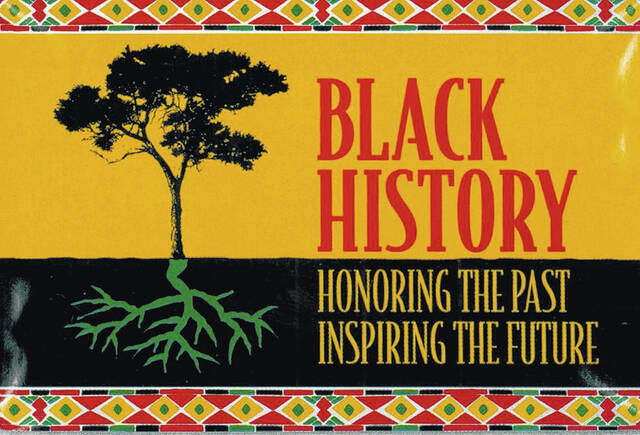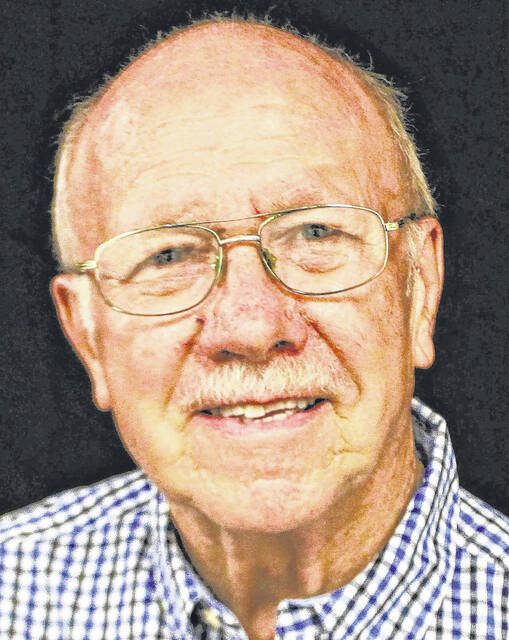

This is Part 2 of a 2-part column honoring Black History Month.
A letter to the editor appears in the Wilmington News Journal in February of 1950 written by Mr. Lewis and describing the purposes of a group of citizens and friends who, “have banded together in protest against the all too apparent discriminatory practices being applied to Negro children in the elementary school system.” He was taking up the unsuccessful effort he tried some 11 years earlier to provide equal educational opportunity to “colored children.”
The purpose of the group was: “(1) To work for the betterment of interracial activities and inter-faith relationships within the community. (2) To work as a collective group for the elimination of discriminatory practices based upon race, color and creed in the educational system, the employment system, the recreational and public facilities in our community. (3) To seek redress for definite acts of discrimination seeking to remedy such situations and avoid further occurrences of such discriminatory practices.”
Two months later, Theodore Lewis and Ernest Bromley lead a group of five local men to talk with Dr. Clyde Hissong, state education director, concerning the segregation of grade schools in Wilmington. Hissong’s reply was consistent with what the Wilmington men had heard elsewhere. “… he told them that the law specifically places the responsibility for local school administration on the local Board of Education elected by the People. He told them to take their case to their local school officials.”
Although this is an aside, it is especially pertinent to the issue of segregated schools. At the school board meeting in June of 1950 which Mr. Lewis attended, he asked if the board members had reached a decision in the case of Charles (Hammie) Graham, who had asked the board if his son could not be assigned to Midland School. “He was informed that pupils are not assigned to school until August.” There is no reason to believe that the board approved such a request.
Who is Charles Graham? Mr. Graham was a dedicated citizen of Wilmington, who ran a bar and restaurant frequented by Wilmington College students. In many ways he was the spokesman for the Black community in the neighborhood of southeast Wilmington.
To me this was another clear example of discrimination based on the color of one’s skin and nothing else.
This last attempt to integrate Midland School struck the death-knell to Theodore and Mary Elizabeth’s efforts. According to the State Education Director, Dr. Hissong: The “final authority in the matter of the racial segregation of Ohio schools at this time is the people of Wilmington via the election of school board members. Thus, this is not a decision from some agency outside of our community, it is the will of the Wilmington community that black children of grade school age must be kept separate from the white children of the community.”
This undoubtedly was a serious blow to this young Black family with three young children. How would Theodore and Mary Elizabeth respond to this rejection by the Wilmington community?
Between the late ’50s and early ’60s Mr. Lewis became involved in horse racing, mostly at the Lebanon Raceway and some at the Clinton County Fairgrounds. He shared ownership with a local friend and raced their horse Toa’s Chief dozens of times. They had some important successes in this over these years.
Theodore was very much a dedicated member of the Black community in Wilmington. He was asked on many occasions to serve as pallbearer for friends. He also petitioned the city council for the purpose of improving his property and the neighborhood. He was active in the PTA, attended city council and school board meetings – he was a dedicated citizen of the entire Wilmington community.
Mr. Lewis continued his community commitment and involvement later in life by volunteering with Clinton County Community Action, a program that continues to the present day. “The purpose of Clinton County Community Action Program, Inc. is to provide services to its clients to work toward self-sufficiency, while expanding resources to improve the lives of residents in the communities they serve.”
In the early days of the CAP, the following took place: “Presenting the constitution for approval to the initial trustees was the committee and the statutory agent of CAP, Inc. Attorney Frederick Buckley, Theodore Lewis, Robert W. Moyer and Brooke Morgan. After study and discussion, the constitution of the Clinton County Community Action Program was adopted unanimously.” In this, Mr. Lewis joined a select group of local citizens in enacting an important and long-lived agency to improve the community.
This honor of inclusion constitutes a fitting conclusion to a life of service and sacrifice to a community that continued to marginalize him and his family. May every community have the good fortune to have a Theodore and Mary Elizabeth Lewis in their midst to give the rest of us hope in our collective future.
Neil Snarr is Professor Emeritus at Wilmington College.



